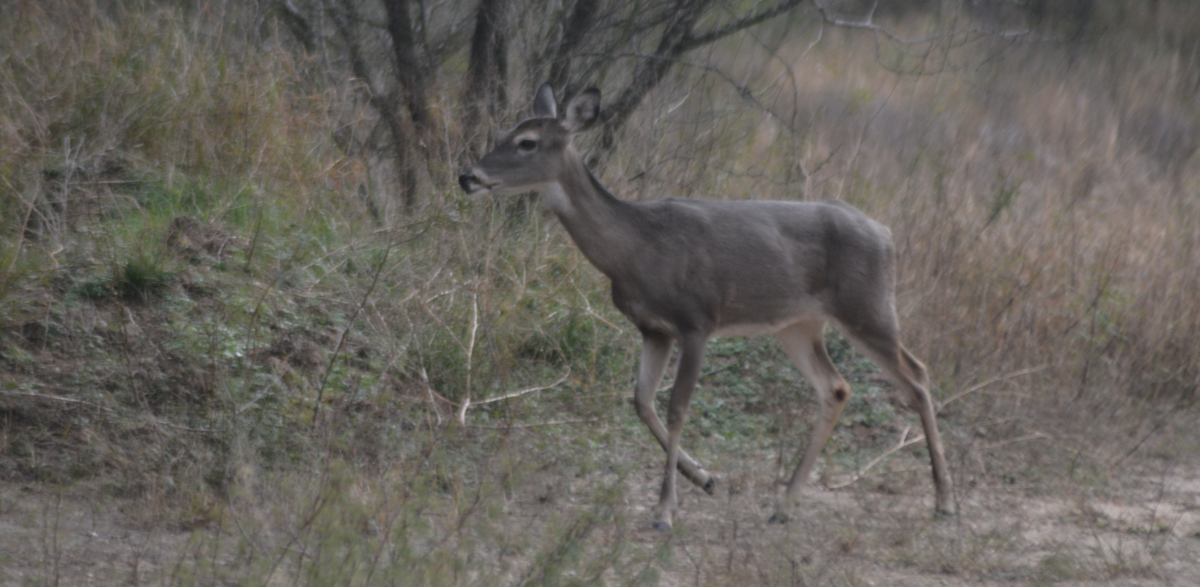
I grew up in an area that had a fair amount of non-landscaped areas, and so there were things like snakes and coyotes. Every year, the local fire department (who had, I think, not enough to do much of the time, but when they were needed, they were really needed) would come to my elementary school and engage in what is called “threat inflation” about snakes. I’m certain they felt justified—there were rattlesnakes in the area, and kids can be idiots about trying to tease or catch a snake. And, so, in order to prevent some kids who might be tempted to mess with snakes to be more careful they deliberately tried to terrify all of us about snakes (in rhetoric, this is called the problem of the “composite audience”). They persuaded me that rattlesnakes were under every rock and would at every chance try to leap out and attack me. I was terrified of snakes. There were gopher snakes in that area who looked a lot like rattlesnakes and, who, if in dry leaves, could seem to make a rattling sound. (I would later hear the real rattling sound, and it was completely different. Luckily, I had a dog who was better at identifying the danger of the real rattling sound.)
As I’ve often lived or hiked in areas with snakes, and so I’ve been told many things about them, all of which I believed. Here are some of the things I was told by people who seem authoritative.
• Venomous snakes have a triangle-shaped head, as opposed to beneficial snakes.
• Here’s how to identify a coral snake:
Red Touch Yellow – Kills a Fellow
Red Touch Black – Venom Lack
Yellow Touches Red – Soon You’ll Be Dead
Red Touches Black – Friend of Jack
• On my neighborhood mailing list, during a summer when water for wildlife was scarce, someone posted a warning that they had been standing on a pedestrian bridge that is twenty feet above a creek and saw at least a dozen cottonmouths congregating.
• Since many of my dogs have been only slightly smarter than slime mold, I’ve worried about them interacting even with a non-venomous snake (since they will bite), and have seen various commercial products that claim to repel snakes from your yard, as well as home remedies like using moth balls.
• Another person on the mailing list posted a picture of what she insisted was a Burmese Python that had been living in their shed until disturbed. When various other people said that the photo was a Texas Rat Snake, the poster insisted it wasn’t, since the person who said it was a Burmese Python was a Texas native, and therefore knew Texas snakes.
I believed all of these things (except the Burmese Python thing), and I am very well-educated. The person who insisted on the Burmese Python was also highly educated. Believing things that are completely wrong, even choosing to die on the hill of being wrong—all of that has very little to do with being educated or smart.
All of these ways of being wrong exemplify many of the ways all of us—not matter how well-educated—are wrong. But it’s wrong not because people are stupid when it comes to snakes, or beliefs about snakes are peculiarly prone to wrongness in some way. The way that these beliefs are wrong exemplify how people reason badly about all sorts of things, including politics.
Let’s start with the last way of thinking ineffectively, since it’s also the first, and it has to do with what constitutes expertise. Firefighters aren’t necessarily experts in snake behavior, and, in fact, having lived in Texas (or wherever) one’s whole life doesn’t necessarily mean that one’s identifications are correct. A person can spend a lifetime being wrong. What makes a person a reliable identifier of venomous snakes isn’t whether they’re certain about it being venomous, and especially not how often they’ve identified a venomous snake, but how often they’ve identified a non-venomous and yet similar-looking snake.
Of course, the firefighters weren’t trying to give accurate information about snake behavior. The snakes in that area are protective, not aggressive, and I suspect the firefighters knew it. But they also knew that kids are dumb, and would probably provoke snakes. The firefighters were engaged in threat inflation in order to try to get dumb kids to be a little less dumb. The problem with threat inflation as a rhetorical tactic is that it only works if the audience doesn’t realize it’s threat inflation, and so, unless someone comes along and explains that rattlesnakes will not go out of their way to attack a human, that person will spend a lifetime over-reacting to rattlesnakes, real and imagined. People who have been persuaded that rattlesnakes are out to get us will try to kill all rattlesnakes, and even all snakes who look like rattlesnakes.
And they are likely to make a lot of mistakes because it isn’t all that easy to distinguish venomous v. non-venomous snakes consistently.
It turns out, for instance, that quite a few non-venomous snakes have triangle-shaped heads, the rhyme about yellow v. black doesn’t work outside of the US, in the US (west of the Mississippi) there are four non-venomous species who would be misidentified as venomous by the rhyme, and there can be what are called “aberrant” individual snakes all over the US that don’t fit the rhyme (meaning venomous ones that wouldn’t appear venomous, and non-venomous ones that would appear venomous).
Take two water snakes in my area: cottonmouth and various kinds of nerodia, but especially the Diamond-Backed Water snake. Telling the difference between the two of them involves seeing their underside, their eye shape, and seeing how they swim (and the last isn’t foolproof). I mentioned someone who posted that there were cottonmouths gathering, but there is no way that the person on the bridge could know whether they were looking at cottonmouth or nerodia, since they weren’t watching the snakes swim, and they were too far away to see the eye shape. Even if they spent their whole life in Texas.
We tend to think in binaries, especially about something frightening (like snakes), and the basic binary we have is good v. bad. That’s generally a mistake, but it especially is when we decide that beings are good or bad. And, so, we talk about venomous v. harmless snakes (or more explicitly “bad v. beneficial” snakes), but that isn’t how nature works. (That isn’t how the world works, in fact.) Cottonmouths aren’t entirely harmful—they are beneficial in an environment—but a person with dogs or small children might legitimately feel that their yard is not a place in which their benefits outweigh the various serious problems. On the other hand, nerodia aren’t “harmless” if we believe that harmless is the same as good and friendly. So, oddly enough, if we talk about venomous v. harmless snakes we’re likely to set someone up to make bad decisions about whether to handle a nerodia. Harm is a question of degrees, and it’s contextual.
There are better and worse reasons that someone might be frightened at the prospect of a yard with snakes. The more that one lives in an area with a lot of backyard wildlife, the more likely there will be snakes. The various ways of making a yard inhospitable to snakes are a little complicated—essentially don’t create habitat. For people who have chickens, it’s even more complicated. And various products and home remedies are a waste of money and possibly even unsafe. Furthermore, there is no way to make a yard friendly to “good” snakes (e.g., rat snakes) and not “bad” snakes (e.g., venomous ones), because nature isn’t divided into good and bad. And if one succeeds at creating a yard that is entirely snake free, there might be more problems with other kinds of “bad” critters.
Just to be clear: what I’m saying is that the desire to divide snakes into “good” and “bad” and to find simple ways of purifying our community of the “bad” snakes (through expelling or exterminating) just sets us up for giving our money to grifters, exterminating “good” snakes, and making the whole situation worse. If we add to the mix relying on simple ways of identifying the good v. bad snakes (and simple solutions include relying people whose authority comes from their experience of believing themselves continually confirmed in their ability to identify “bad” snakes), then we are pretty much guaranteed to make a mess.
You can take that paragraph and substitute various words for “snakes”—people, political parties, nations, voters, and so on–and see what is wrong with how we tend to think about politics and policies. That there is something bad (dogs getting bitten by snakes) doesn’t mean that our problems are caused by there being bad beings in our world, nor that it can only be solved by ridding our world of those bad beings, let alone that there are simple ways of doing so.
When people make the argument I’m making (the situation is not a binary, there are various solutions and the ones most likely to be effective aren’t simple), the response is too often, “Oh, so you’re saying we should do nothing?” or “So you don’t think venomous snakes leaping out from under the couch and attacking babies is a problem?”
This post is already too long, so I can’t explain this part very well (a different post, I guess, although I say that a lot), but saying, “Your simple solution based on a completely false binary won’t work” is not the same as saying, “Let’s do nothing.”
I have had dogs for years, and have always had at least one who was barely smarter than many (but not all) rocks. I have no doubt they would be in grave danger if we had a venomous snake make a home in our yard. I think having a venomous snake take up residence in a yard with dumb dogs, small children, or adventurous older kids is a big problem that should be taken seriously. That I agree there is a problem doesn’t mean I endorse ineffective solutions grounded in misunderstandings of the situation–when it comes to snakes or politics.
